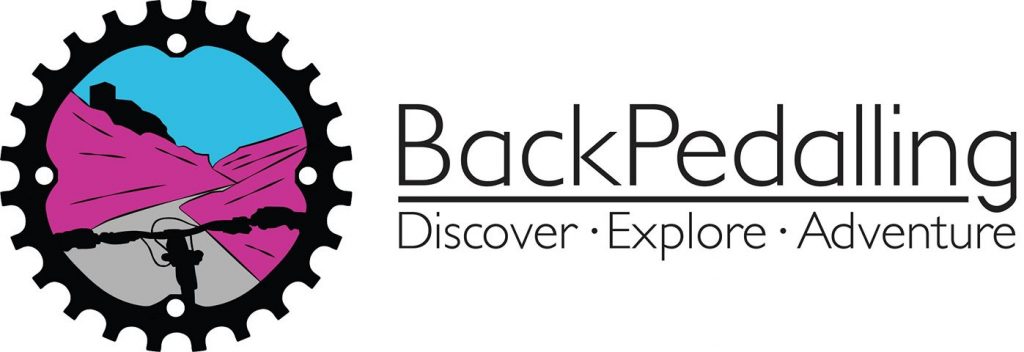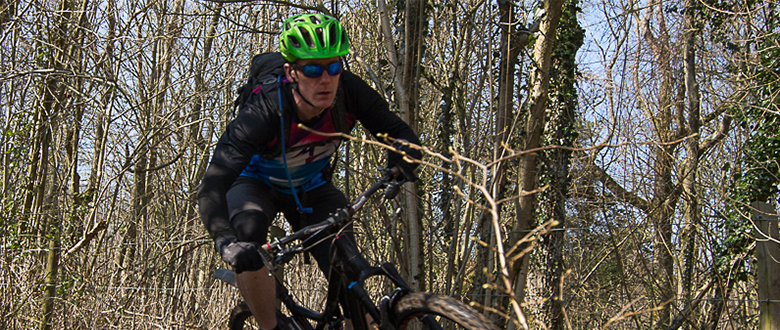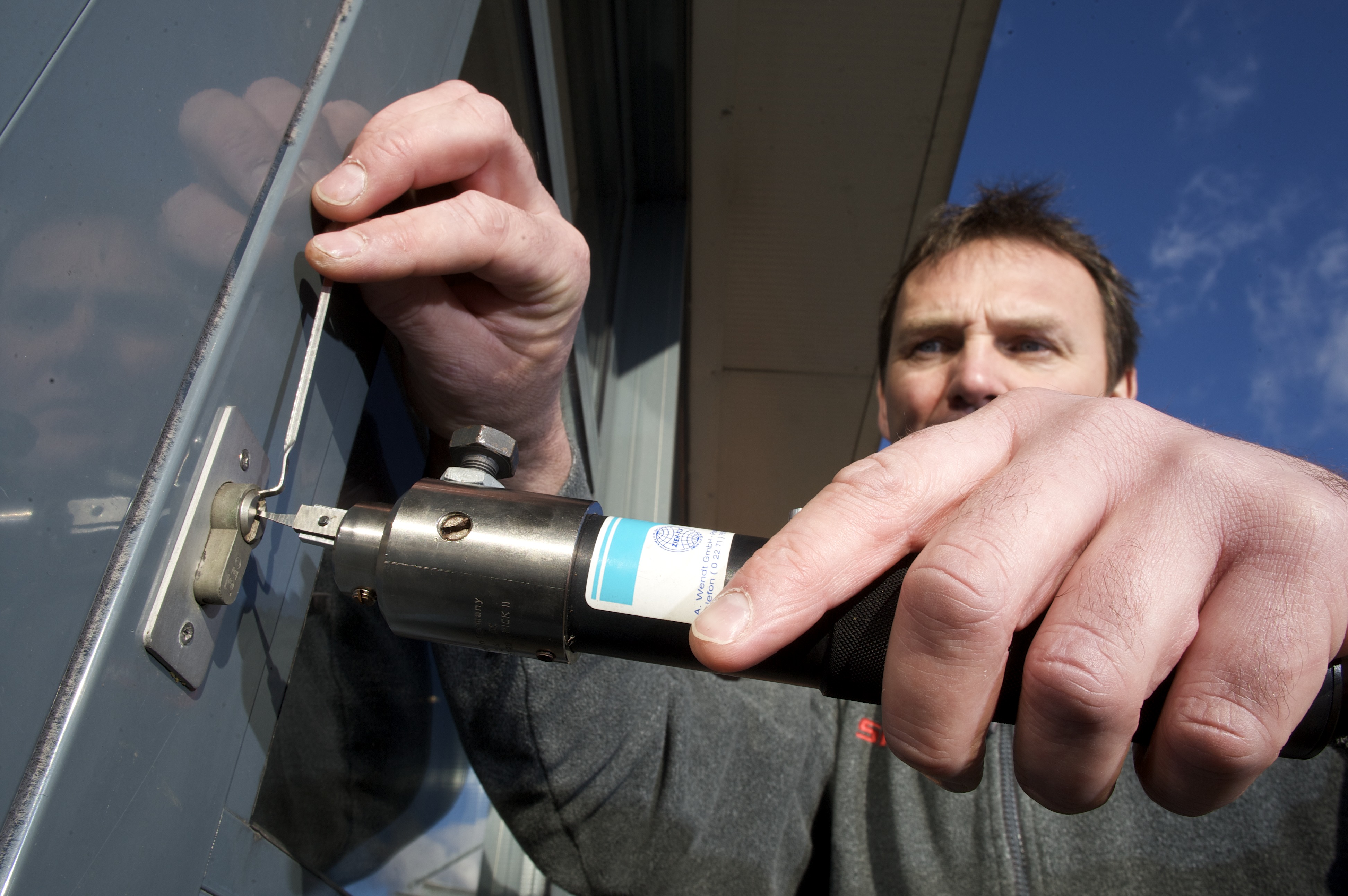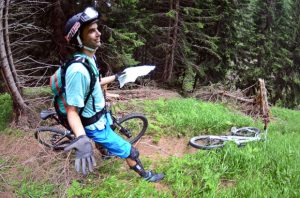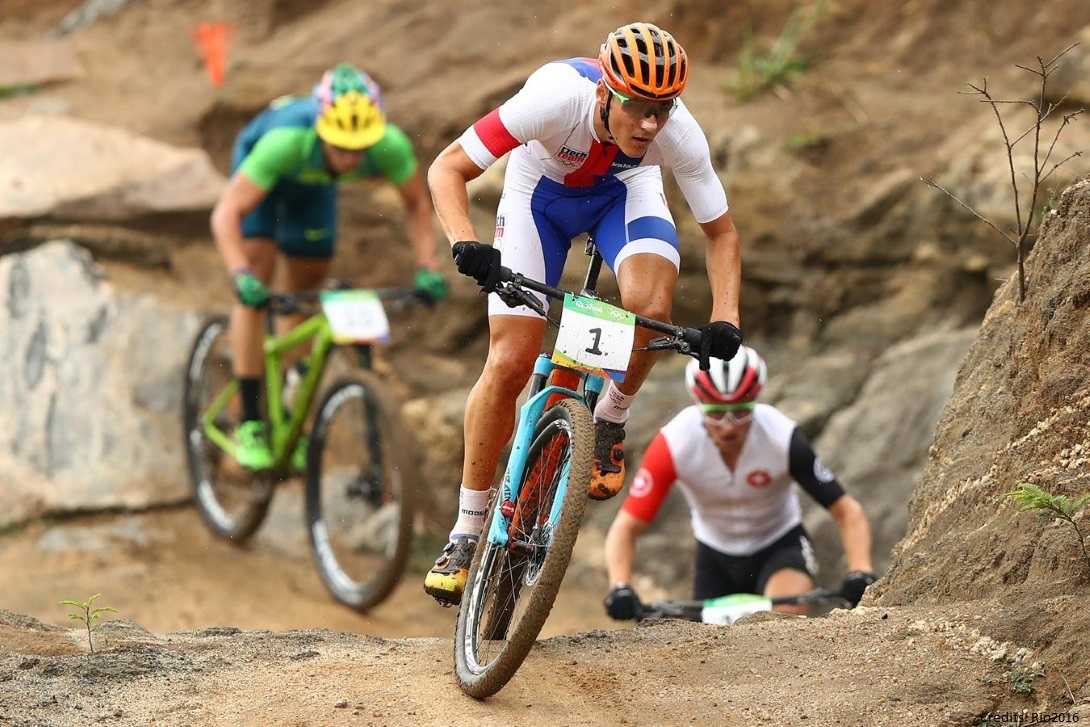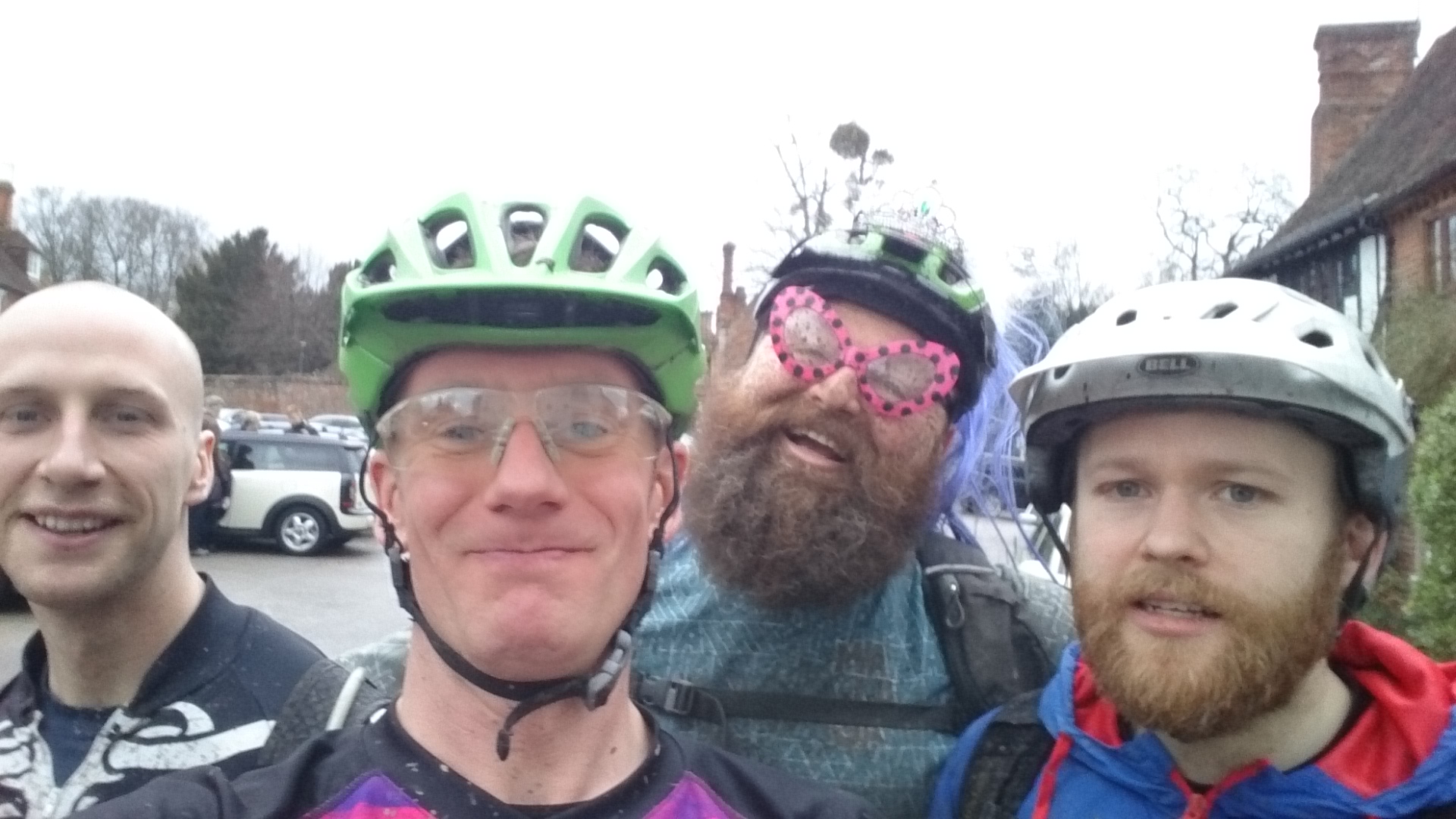As someone who makes a living from riding a bike, I am always looking for ways to be a better rider. I look after my body and I stay fit, but the things I go away and work on when no-one is looking are my skills.
Why skills?
When you see cycling on the telly it’s usually the god-like aerobic fitness that sets the professionals apart from us mere mortals. Mountain biking is different: it’s the skills that mark the difference between winners and those making up the numbers.
Yes, the professional downhillers or enduro champions are supremely fit, but what makes them so much better than me is their skillset and the ability to use it when they need to.
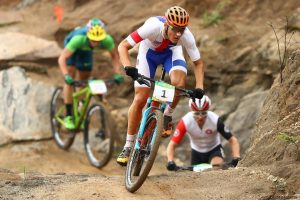
I’m a big believer in improving my skills. If I sneak off to the woods to work on something the chances are that it’s something to do with honing my skills. There are lots of reasons having a better skillset can make you better, and this is why upskilling is so important.
Just plain faster: skills to get you from A to B
Sometimes the value of good skills is that they get you from where you are to where you’re going more quickly.
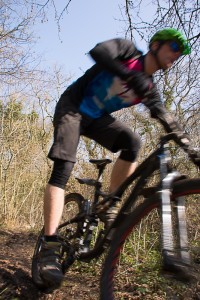
The best example of this I ever saw was an enduro race a Queen Elizabeth Country park. On a particularly steep stage there was a slalom between two fallen trees that everyone dragged their brakes round, almost taking off their rear mech. Then a rider came down who used the first one as a kicker to jump over the second. He just went straight through at speed where everyone else was slowing down, gaining about 5-10 seconds over everyone else in one 10 yard section. He had the skills to see the different line and the skills to execute it. Incredible.
Or easier: skills to keep you fresh
I have riding buddies who are much fitter than me. They should be able to ride way from me at the drop of a hat, but they can’t (always). So how do I keep up? Application of skills at the right time means you can go down the same piece of trail at the same speed using less energy. Simple really, if you can carry speed through a corner then you don’t have to get on the pedals on the way out.
Equally there are skills that allow you to take less of a beating over rough ground, so you’re fresher when you get to the next hill.
More relaxing: skills that give you confidence
Probably the biggest advantage of a better skillset is that I am more in control more of the time and that there is more of my awareness that is available for things other than hanging on for grim death. I have a mantra about confidence:
Balance leads to grip. Grip leads to control. Control leads to confidence. Confidence leads to relaxation. Relaxation leads to enjoyment.
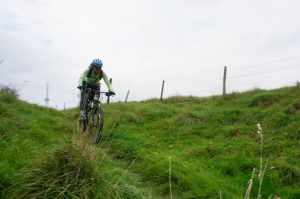
Wansdyke singletrack
The more you are in control of what is going on, the more you can enjoy it. I find it interesting when I ride with some people and they claim that there was no grip on a particular bit of trail. Especially when I’ve gone down it with them, at the same speed and in control. The main difference is the application of skill to give balance & grip. The same is true when I ride with people more skilful than me and I’m at the edge of my comfort zone (you know who you are).
That’s why my first though when faced with a lack of grip is to wonder what I could do to make it more grippy. The same is true of something scary: it’s scary because I don’t have the skills to do it comfortably.
Working on skills
So, when I’m out on my own, I’m usually thinking about how I can ride better, not how can I ride faster (though the two often go hand in hand). I think about how I can apply lessons I’ve seen or heard. What if I put my weight just there? What if I push here rather than there? What if I try that line rather than the usual one?
Learning or honing skills can be like night and day. There are real lightbulb moments where you suddenly think “now I get it!” or “that’s what it’s supposed to feel like.” When I apply it to my normal social or work riding it feels great because everything is easier and smoother. And I can keep up with the racing snakes (most of the time).
The most recent one was a simple comment about whether I align my body to the front wheel or the back and the difference it makes to my balance. It sounds really simple but it made a massive difference to how I think about my posture.
I know I’m not perfect. I know what parts of my skillset need work. So, I work on them. It’s what I do.
Why is this important?
One of the most important uses of my skillset is in looking after my group. If I am completely in control of what’s going on with my bike, then I have mental space to be keeping aware of what everyone else is doing. I can see what people are finding difficult or enjoyable. I use this to tailor the ride so that everybody has fun, or to make sure I can give the level of support that people need to get the most out of their ride.
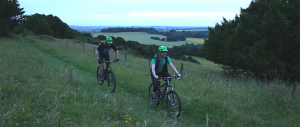
Changing seasons
I can also see if people are doing things that are making their lives difficult and help them try another way.
What it all boils down to is that my skills are being put to use to make sure you have a safer, more enjoyable ride. And, before you think that I find everything easy, I am also well aware of what it feels like to be out of my depth (been there) and scared (been there too) and how not-fun that is. So, I’m well tuned-in to what it’s like for other people and how to avoid it happening.
But what about me?
There’s no time like now to think about riding skills. They make riding safer, easier and more fun. There are loads of tutorials littering magazines, have a look at them and give their suggestions a go. It’s tempting to look at “how to jump”, but you spend far more time on the ground so look, instead for tips on posture, balance and weighting the bike. They will revolutionise your riding.
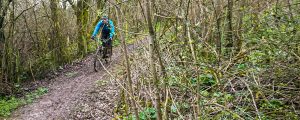
Doing the left-right shoogle
So, get out there and enjoy. Or come out for a ride with BackPedalling and let me look after it all.
